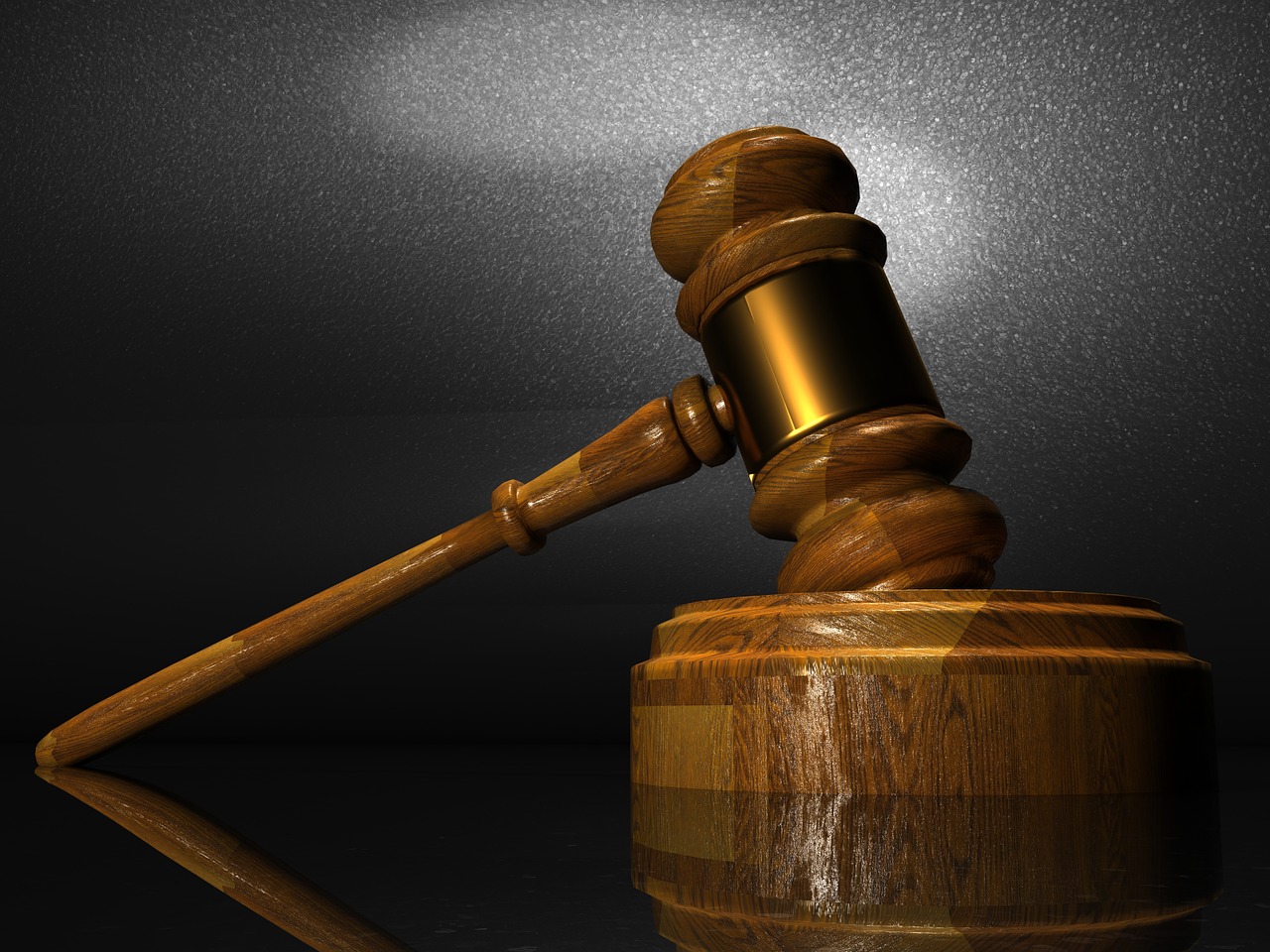Personal injury cases typically focus on the negligence of the party directly causing the harm. However, there are situations where another party can be held liable for your injuries through a legal concept known as vicarious negligence. This applies when someone is legally responsible for the actions of another person. If you’ve been injured due to another party’s negligence and are unsure about who is liable, consulting with a personal injury law firm in your area can help determine if vicarious negligence applies to your case.
Hire a law firm that has a great track record, like Bagen Law Accident Injury Lawyers. You can visit law firms’ websites and see their results and testimonials to learn more about them. The Bagen Law Accident Injury Lawyers have great reviews and results, so it is evident that they are experts.
Here are four common instances of vicarious negligence in personal injury cases:
1. Employer-Employee Relationship: One of the most common examples of vicarious negligence involves the employer-employee relationship. In this scenario, an employer can be held responsible for the negligent actions of their employee if the employee was acting within the scope of their employment at the time of the incident. For instance, if a delivery truck driver causes an accident while making a delivery, the company that employs the driver may be held vicariously liable for your injuries.
2. Principal-Agent Relationship: Similar to the employer-employee dynamic, vicarious negligence can extend to principal-agent relationships. A principal is someone who authorizes another person (the agent) to act on their behalf. If the agent commits a negligent act while carrying out these authorized duties, the principal can be held responsible for the resulting damages. An example might involve a property manager negligently failing to maintain a rental property, leading to a tenant’s injury.
3. Parent-Child Relationship: In some jurisdictions, parents can be held vicariously liable for the negligent actions of their minor children. This typically applies to situations where the parents knew or should have known about their child’s propensity for dangerous behavior. For example, if a teenager with a history of reckless driving injures someone in a car accident, the parents could potentially be held liable.
4. Negligent Entrustment: Negligent entrustment occurs when a vehicle owner allows someone they know to be unfit to operate the vehicle to drive it. If that person causes an accident while driving, the owner who entrusted them with the vehicle may be liable for the resulting damages. An example would be lending a car to someone who is intoxicated or has a history of reckless driving.
It’s important to note that the specific laws regarding vicarious negligence can vary depending on your location. If you believe you may have a case involving vicarious negligence, consulting with a qualified personal injury attorney in your area is crucial. They can analyze the details of your situation and advise you on the best course of action to pursue compensation for your injuries.
Proving Vicarious Negligence
Establishing vicarious negligence requires proving certain elements. Here’s a breakdown of what your attorney might need to demonstrate:
- The Relationship Existed: A legally recognized relationship between the party causing the harm (like the employee) and the party you’re seeking compensation from (like the employer) must be established. This could be employment contracts, written agency agreements, or even documented parent-child relationships.
- Scope of Employment/Authority: The negligent act must have occurred within the scope of the employee’s duties or the agent’s authorized actions. For example, a delivery driver running errands after their shift wouldn’t typically be considered within the scope of employment.
- Negligence and Causation: As with any personal injury case, it needs to be proven that the other party’s negligence directly caused your injuries.
Vicarious negligence can add complexity to a personal injury case, but it can also be a powerful tool to hold the responsible party accountable. Consulting with a qualified attorney experienced in vicarious negligence claims is essential to navigate the legal nuances and maximize your chances of a successful outcome.
